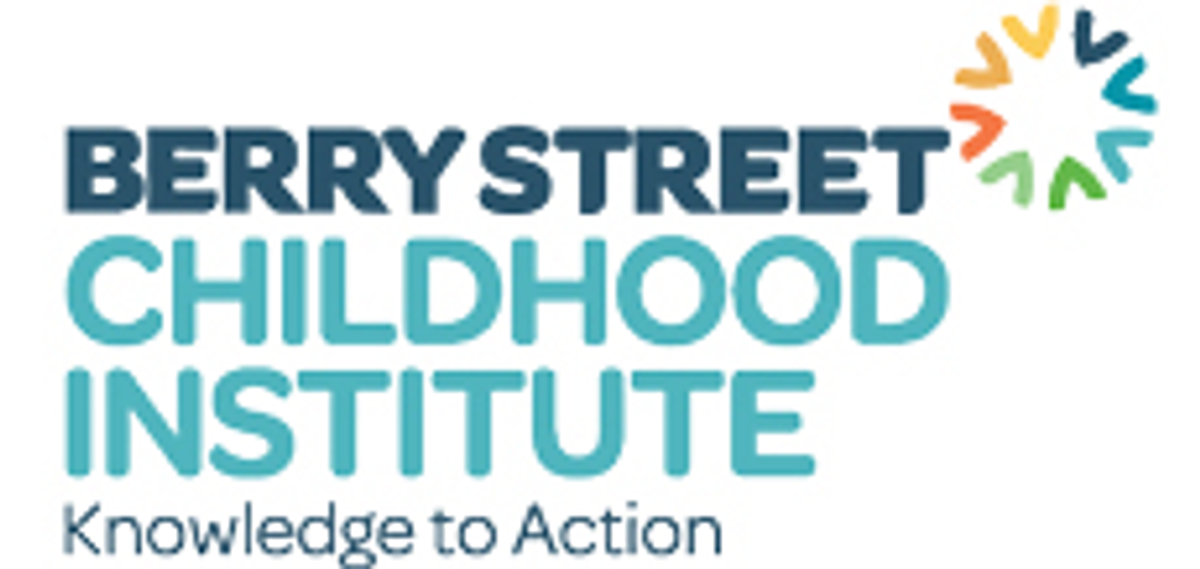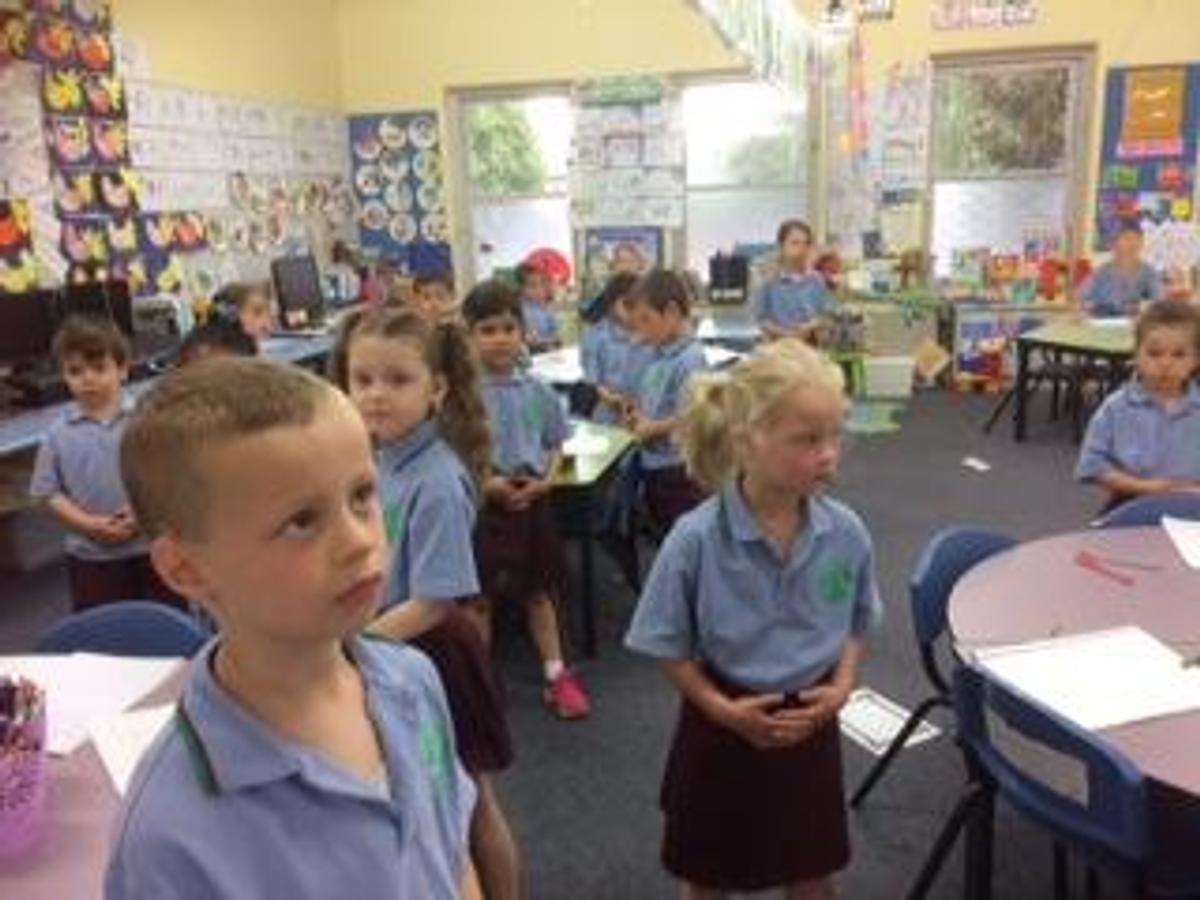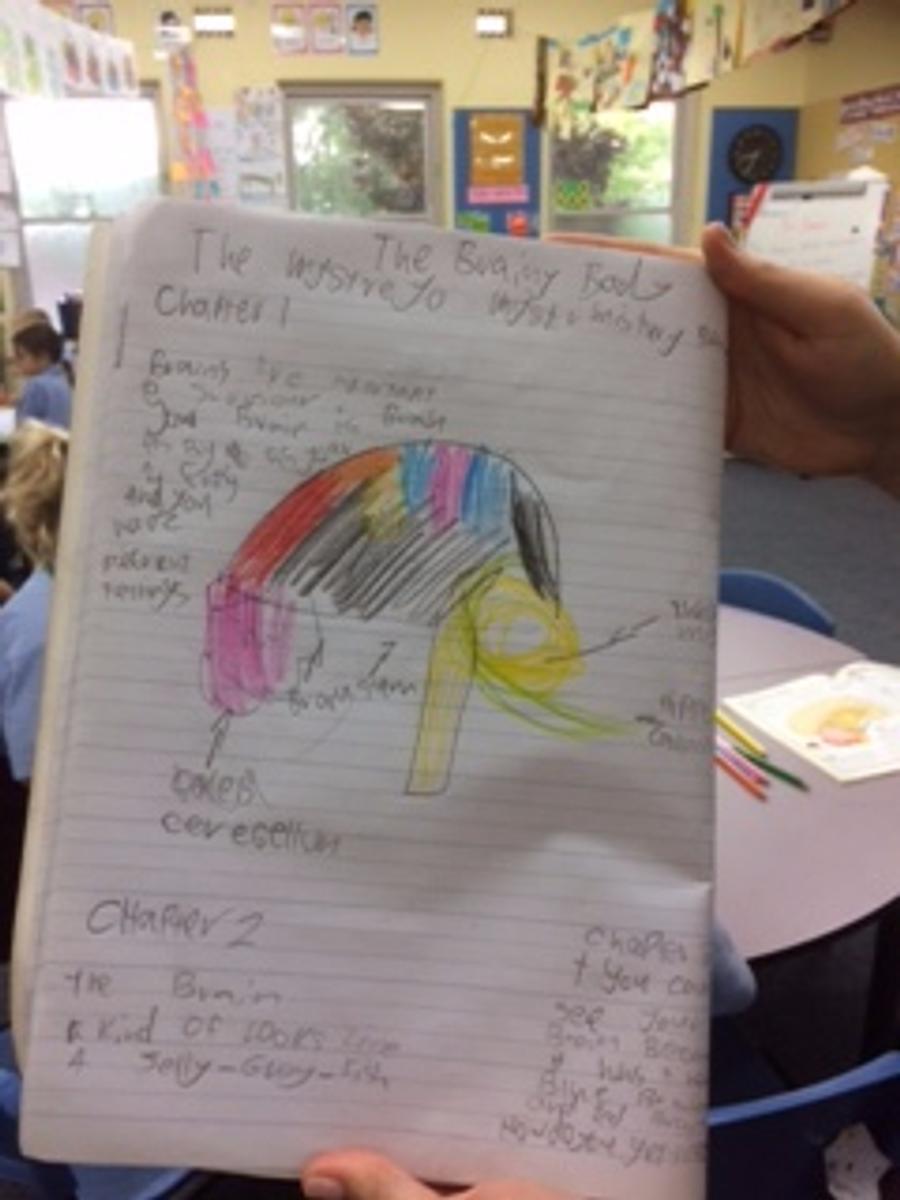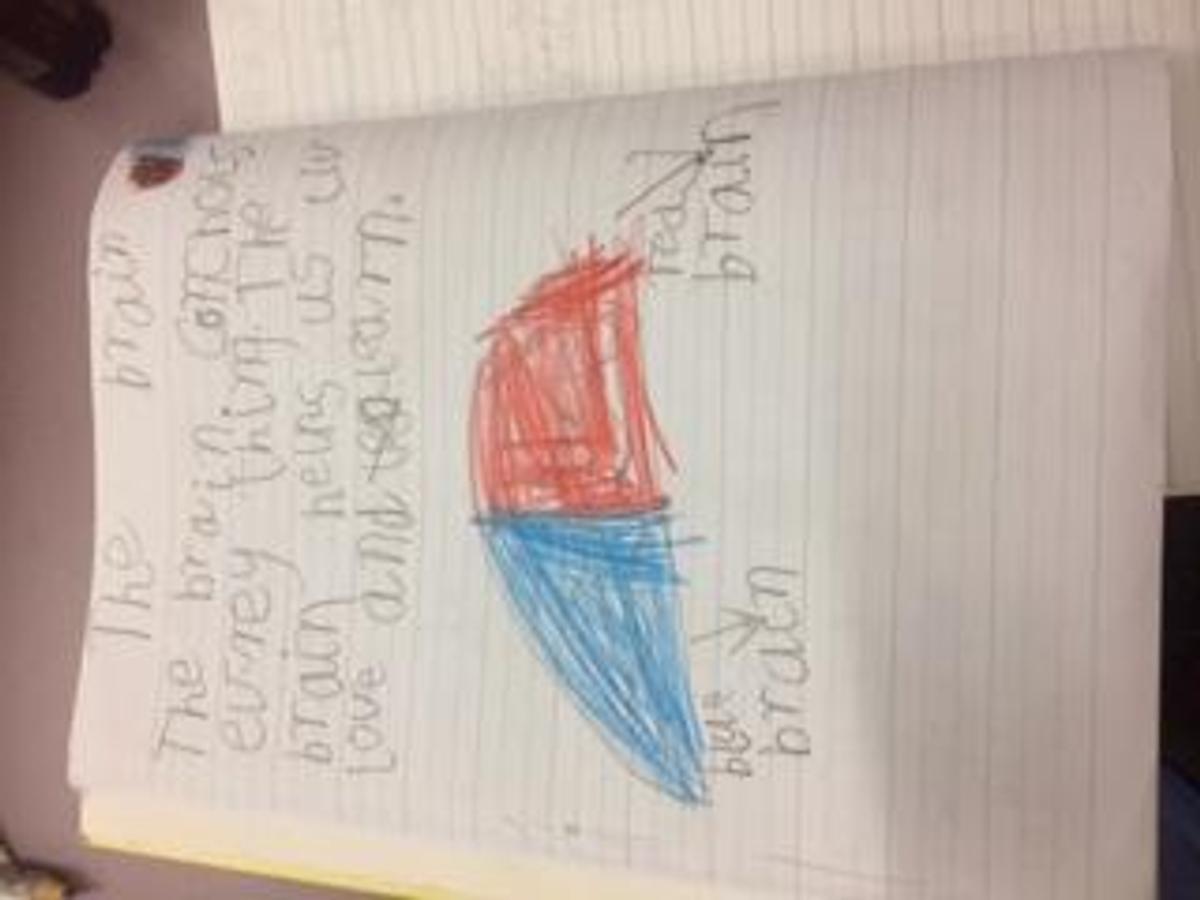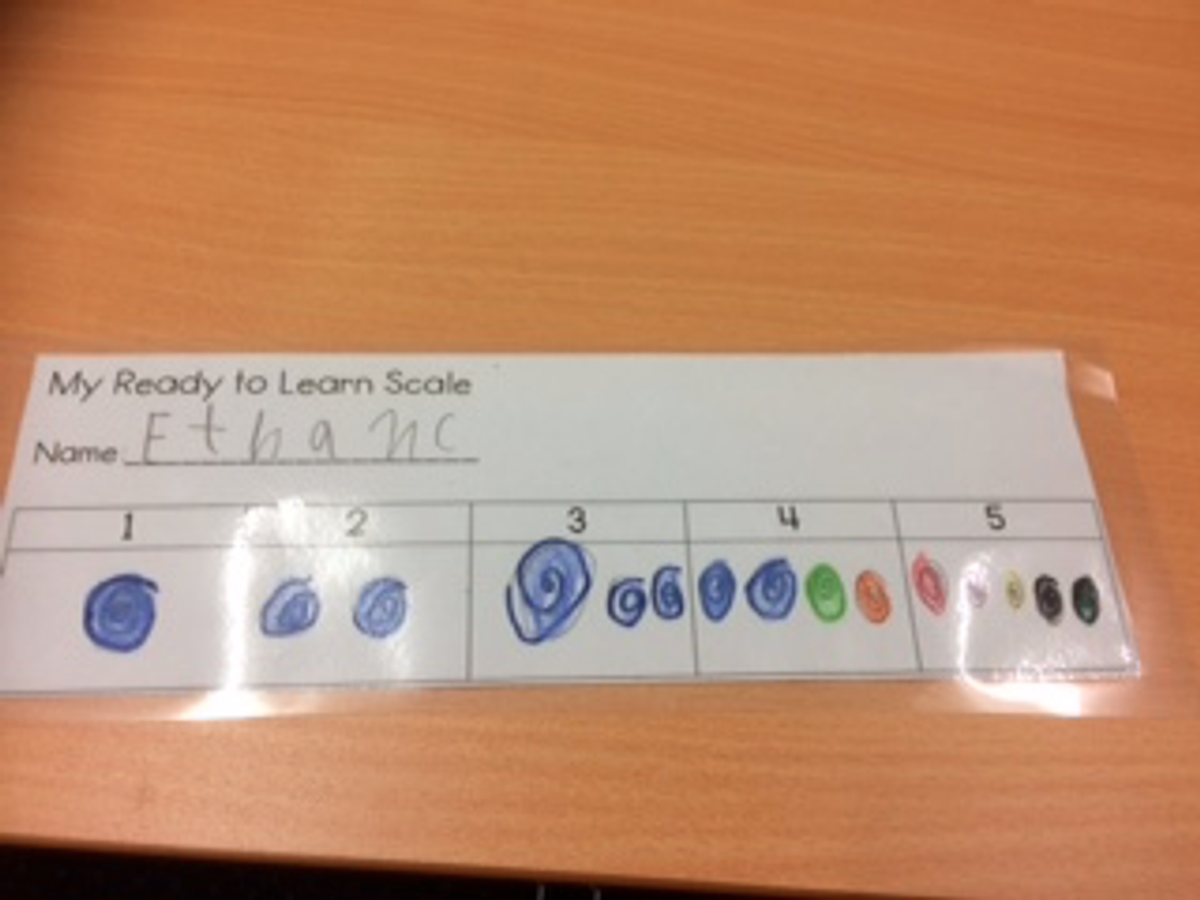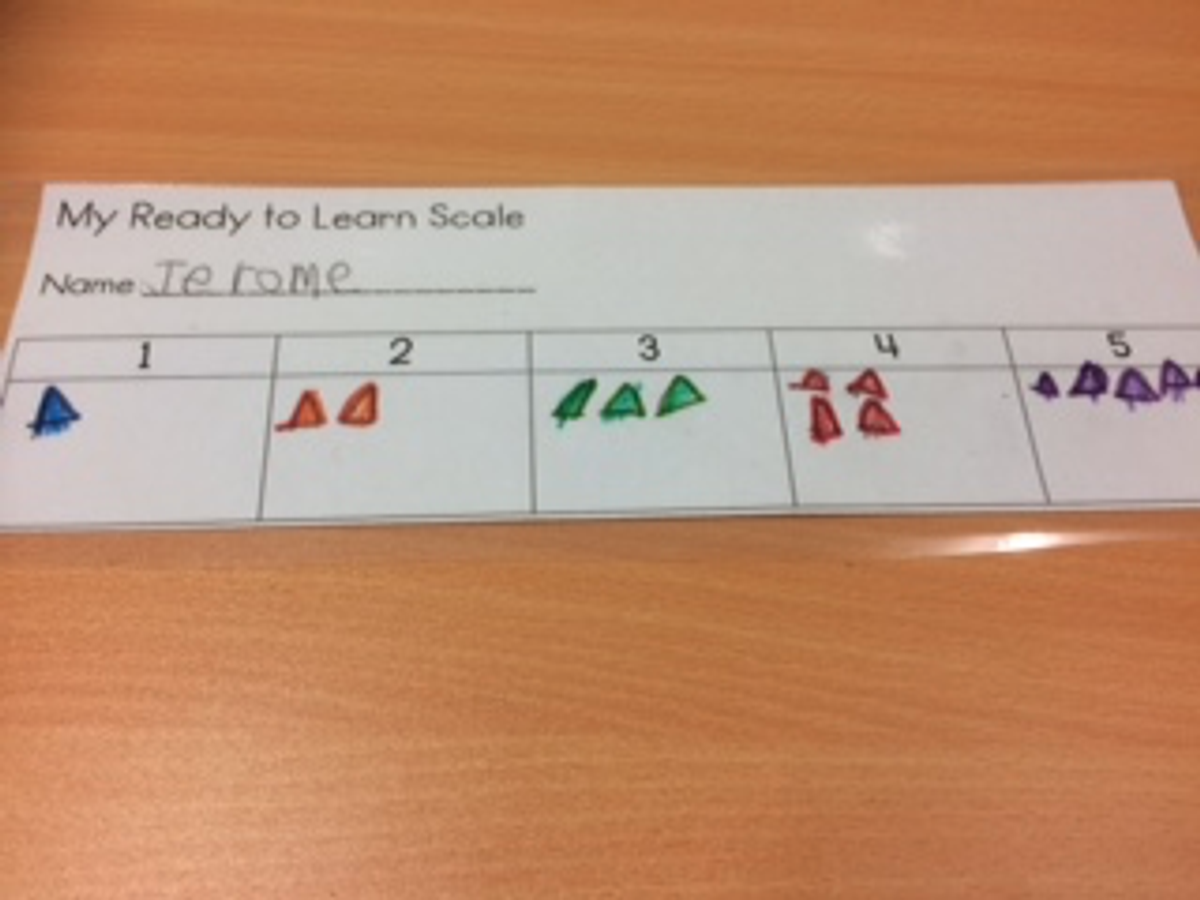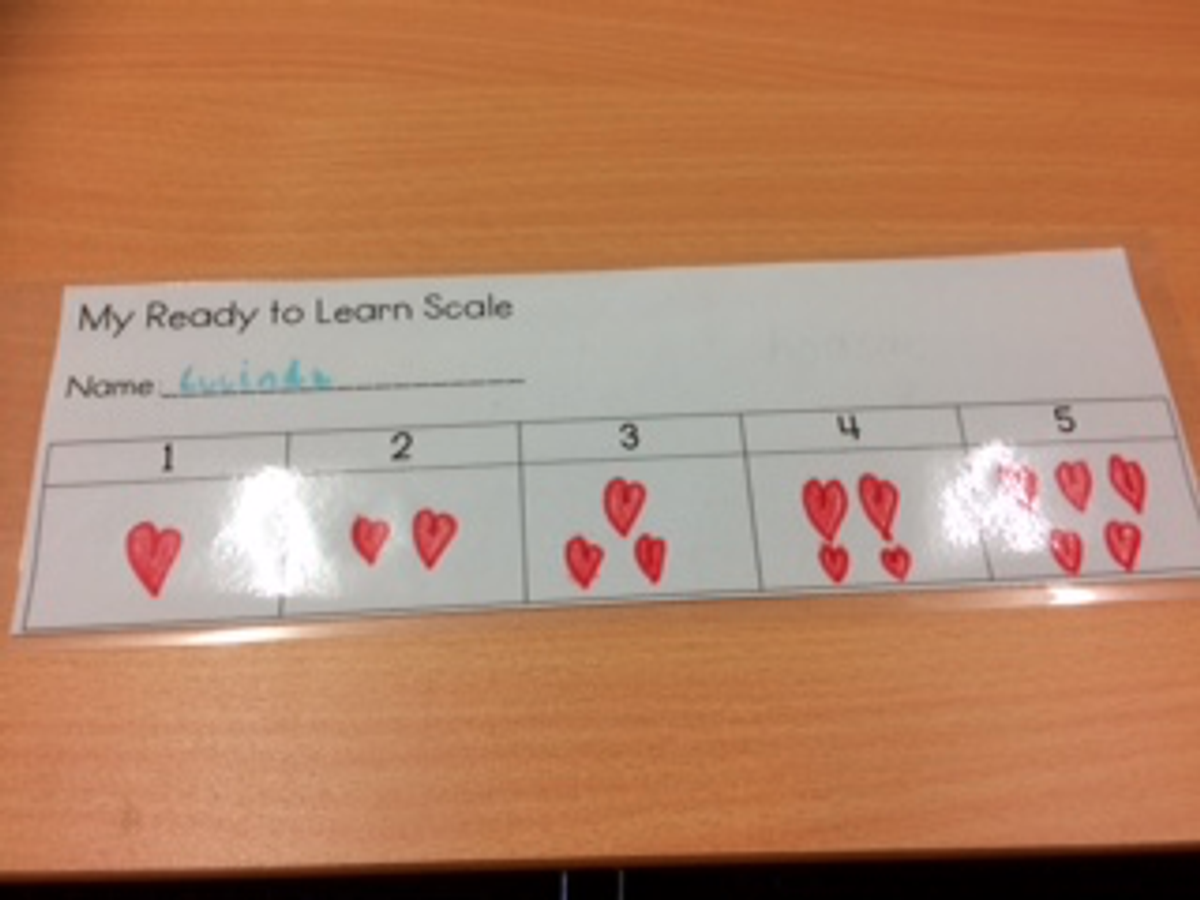Student Wellbeing
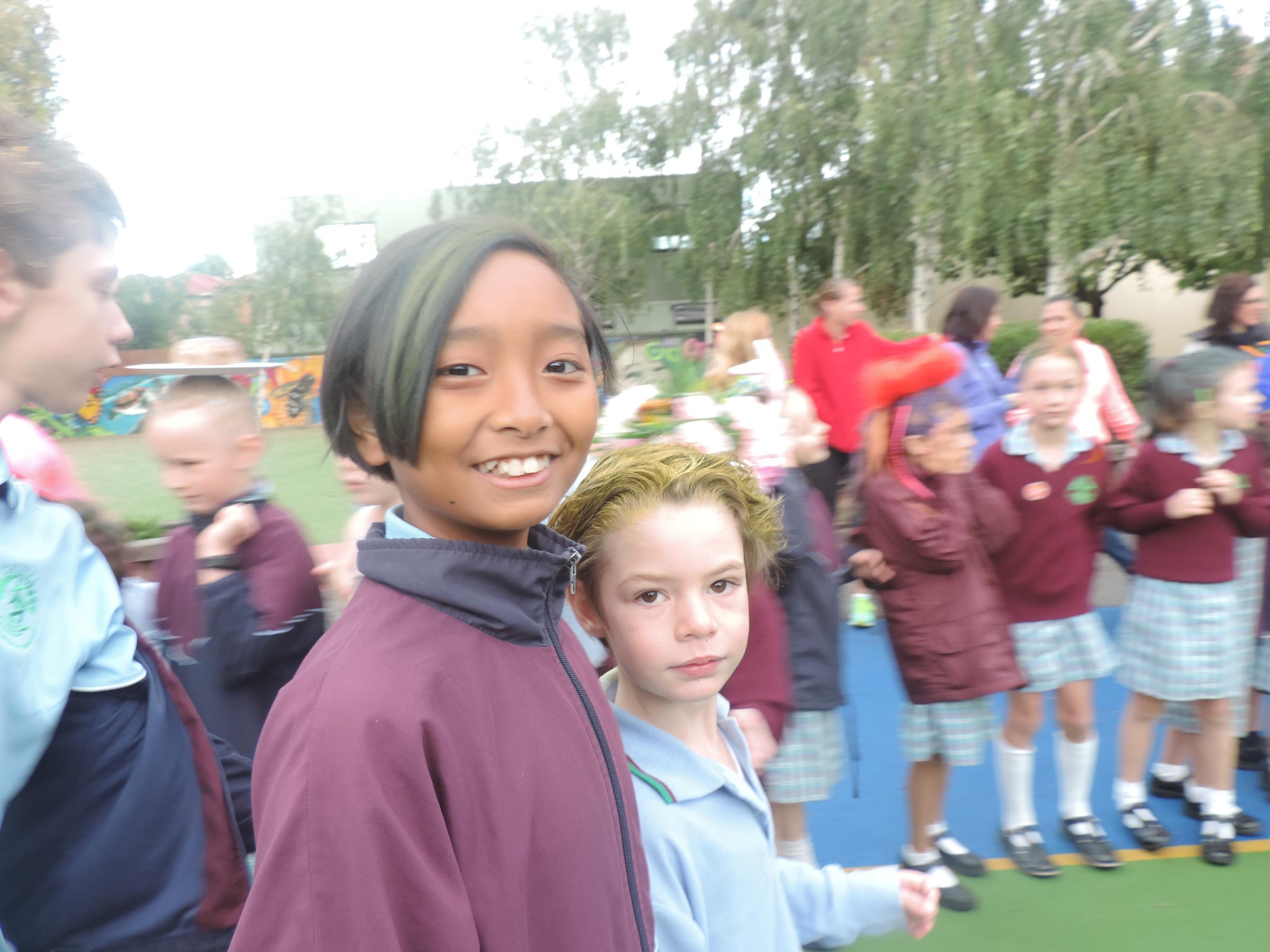
During our whole school Staff Professional Development Day, last term we were introduced to the Berry Street Education Model.
This is a 4 module model and we commenced with
BODY.
The BODY Module is designed to build school-wide rhythms and body regulation through a focus on physical and emotional regulation of the stress response, de-escalation in school and classroom contexts, and mindfulness opportunities throughout the school day.
This week our staff shared with each other, how they have been using the strategies, activities and language with their students.
Hopefully, your children have shared these with you at home and you are familiar with the language and talked about the activities they have been doing. If not ask your children.
Teachers are using the phrase ‘Track the speaker’ - this encourages the students to always look at whoever is speaking, so that they remain focussed while listening to what is being said.
Brain Breaks have been introduced during learning sessions. Brain Breaks are short 1-2 minute refreshers for your students and occur every 25 -35 minutes. They are short lesson ‘interruptions’ to enable a renewed focus on learning. They take less than 4 minutes and are fun. They build self-awareness and develop self-regulation and reinforce a positive classroom culture. They get the students’ bodies up and moving, so they can continue to work and be efficient.
Examples are:
- 5-4-3-2-1: In this simple game, students stand up and the teacher (or leader) has them do five different movements in descending order. For example the teacher would say: “Do five jumping jacks, spin around four times, hop on one foot three times, walk all the way around the classroom two times, give your neighbor one high-five (pausing in between each task for students to do it)
- Trading Places: Have students stand behind their pushed-in chairs. Call out a trait, and everyone who has that trait must change places with someone else (students who do not have the trait stay where they are). Examples: “Everyone with curly hair.” “Everyone who ate cereal for breakfast.” “Everyone who is wearing stripes.”
- Drum Beating: Students follow a drum beat on their tables
- Thumbs Up, Thumbs Down
- Dance
- Mindfulness Meditation: Balloon Breathing, Back to Back Breathing, Tummy Breathing
Getting present, centred and grounded:
Students are asked to be PRESENT: - being present is about bringing their awareness into the present moment and anchoring it there.
CENTRED: - focussing on the core postural muscles as a point of focus, shifting their thought from the past or the future to the present moment
GROUNDED: - staying grounded is how we stay centered and connected to our environment.
The students are very familiar with using their RED brain and their BLUE brain and how to switch
to their blue brain so that they are calm, centred and ready to learn.
The Prep students have been investigating how their brain works and I have included some of their amazing work below.
Ready to Learn: Students have been designing their own ‘Ready to Learn’ Charts using a scale from 1-5.
Here are some examples of the Prep Charts.
These strategies are life long skills which can become inate and used regularly throughout your children's lives.
Julianne Price
Student Wellbeing /Student Services Leader

